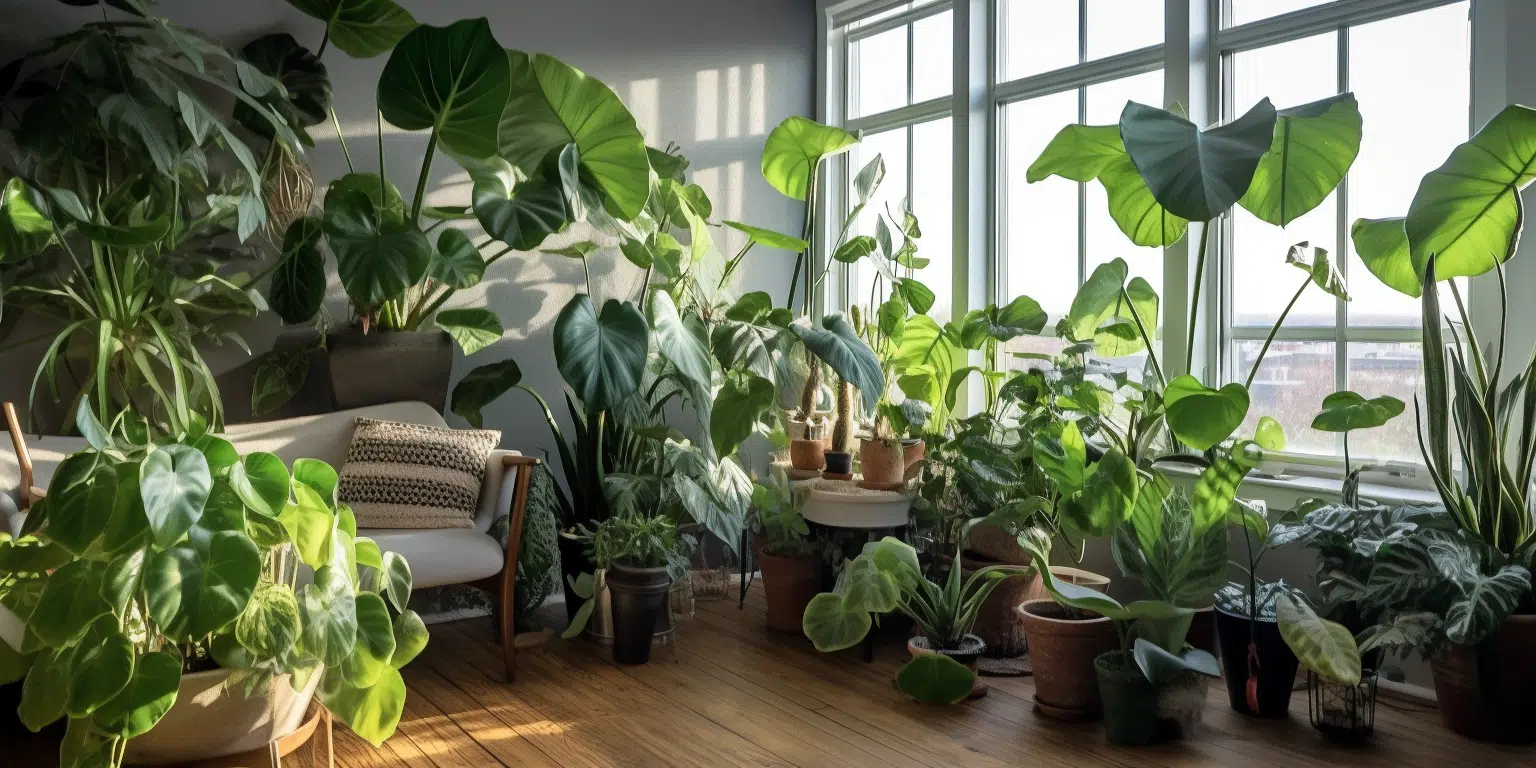
Alocasias, with their stunning foliage and tropical allure, they have captivated plant enthusiasts around the world. But let’s admit it, they can be a bit mysterious when it comes to their care requirements. Many plant lovers have struggled to keep their Alocasias healthy and thriving. In this blog post, we are unraveling the mystery and share the secrets to successful Alocasia care. Get ready to unlock the simple secrets and ensure your Alocasia thrives in all its tropical glory!
Understanding Your Alocasia
First things first, it’s important to understand that Alocasias come in different species, each with its own unique care needs. Take some time to identify your Alocasia variety and learn about its specific requirements. This knowledge will be the key to providing the best care possible.
Light and Water
Alocasias have a love-hate relationship with light. They thrive in bright, indirect light, but direct sunlight can scorch their delicate leaves. Find a well-lit spot near a window where your Alocasia can bask in gentle, filtered sunlight. During the winter time you might need tp rovide it with extra light.
When it comes to watering, it’s all about finding the perfect balance. Alocasias like consistently moist soil, but overwatering can lead to root rot. When something is wrong with the roots, you will first see it on the leaves.
Let the top inch of soil dry out before watering again, and ensure proper drainage to prevent waterlogging. It means drainage holes in the pot and removing any excess water from the tray below.
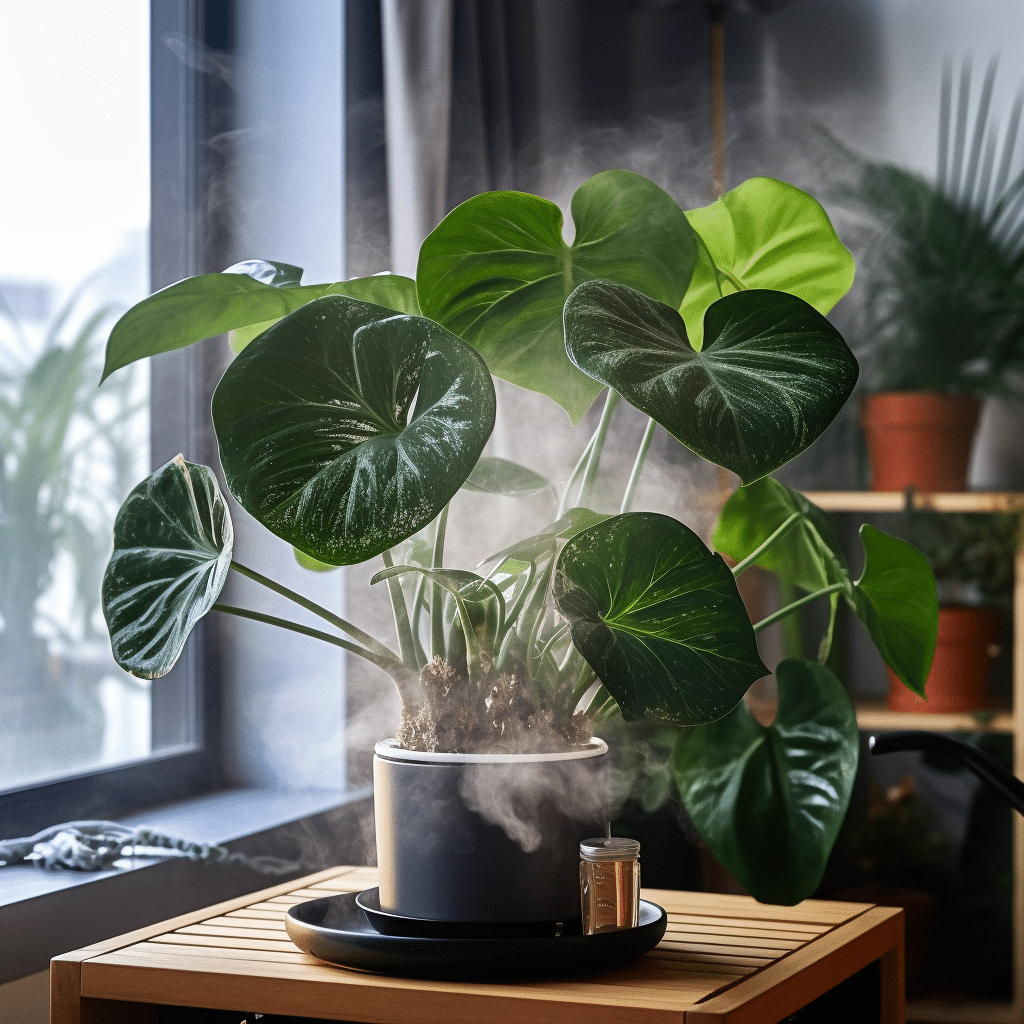
Temperature and Humidity
Imagine yourself in a tropical paradise, and that’s the kind of environment Alocasias love. They prefer temperatures between 65-85°F (18-29°C) and thrive in high humidity levels. If your home is on the dry side, consider using a humidifier or placing your Alocasia near a tray of water and pebbles to create a humid microclimate.
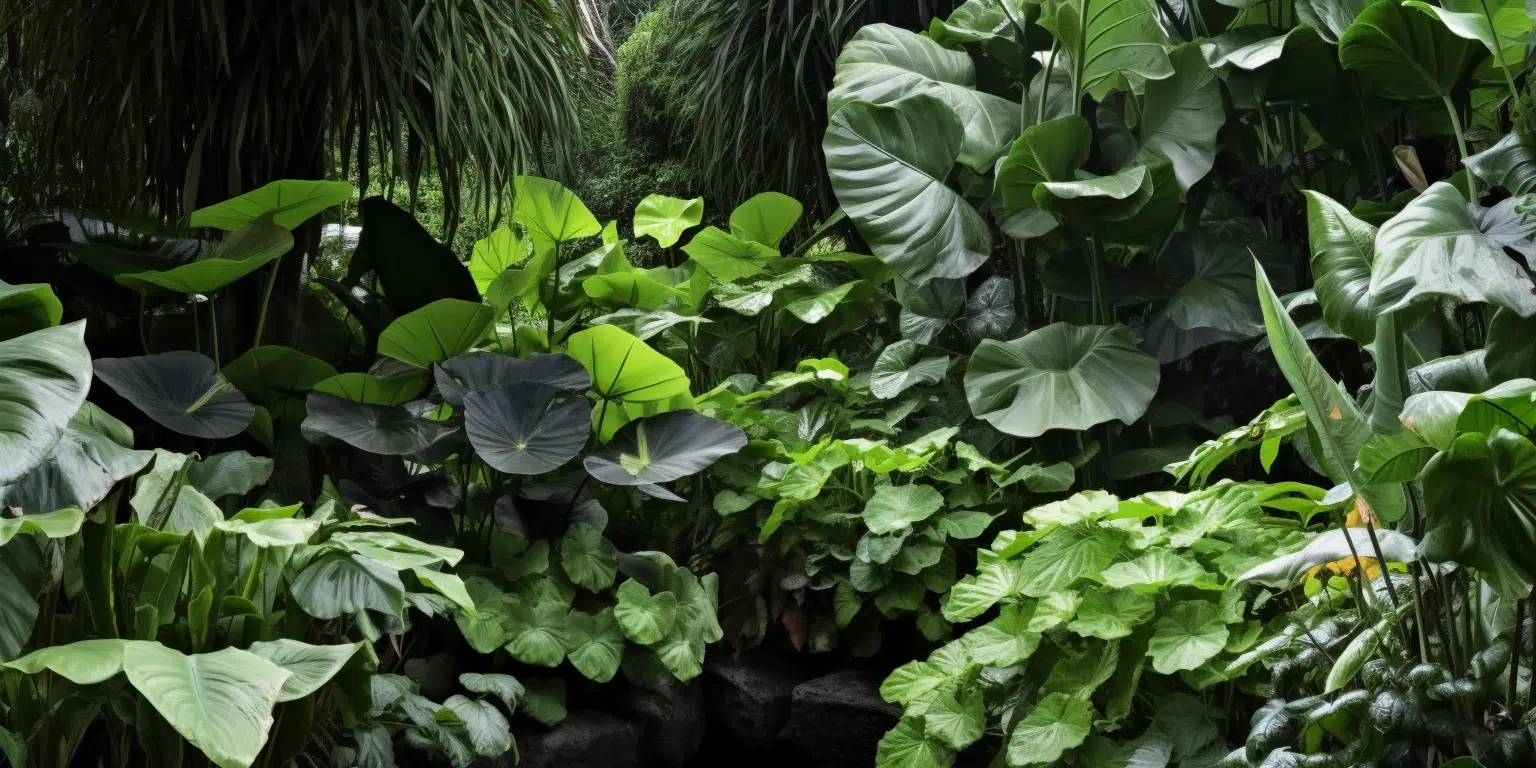
Soil mix for Alocasia
Use a high-quality potting soil that provides good drainage. You can purchase a commercial potting mix suitable for tropical plants or make your own by combining equal parts peat moss, perlite or vermiculite, and coconut coir or orchid bark.
Fertilizer and Maintenance
To keep your Alocasia looking its best, regular fertilization is essential. Use a balanced liquid fertilizer diluted to half strength and feed your Alocasia every 2-4 weeks during the growing season. Fertilizers always marked with NPK value composed of three numbers. For instance NPK 10-10-10, meaning it contains equal parts of nitrogen (N), phosphorus (P) and potassium (K). Balanced fertlizers have all three numbers equal or close.
However, remember to follow the instructions on the fertilizer package to avoid overfeeding. Additionally, regular maintenance is crucial. Remove any yellowing or damaged leaves promptly, and keep an eye out for pests like spider mites or aphids.
No more mystery
With the secrets to successful Alocasia care unveiled, you can now confidently embark on your journey to keep these tropical beauties thriving. Remember to understand your specific Alocasia species, provide the right balance of light and water, create a tropical environment with proper temperature and humidity, and give them the necessary fertilization and maintenance. By doing so, you’ll enjoy a flourishing Alocasia that will become the centerpiece of your indoor jungle. So, let’s demystify the Alocasia care and embark on an exciting adventure with these stunning tropical wonders!
Check Alocasia available in our online store
-
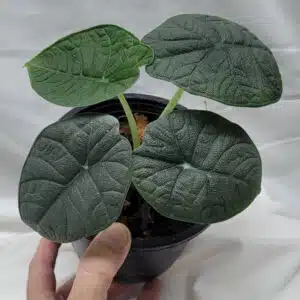 Alocasia ‘Melo’$10.00
Alocasia ‘Melo’$10.00 -
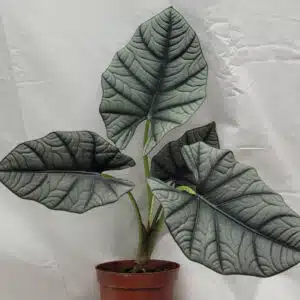 Alocasia nebula ‘Elaine’$10.00
Alocasia nebula ‘Elaine’$10.00 -
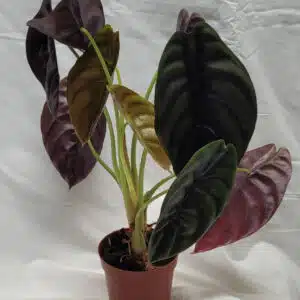 Alocasia ‘Red Secret’$10.00
Alocasia ‘Red Secret’$10.00 -
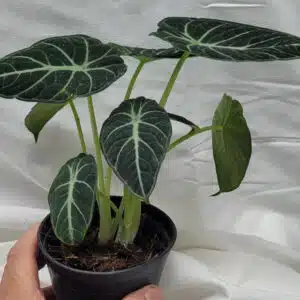 Alocasia reginula ‘Black Velvet’$10.00
Alocasia reginula ‘Black Velvet’$10.00 -
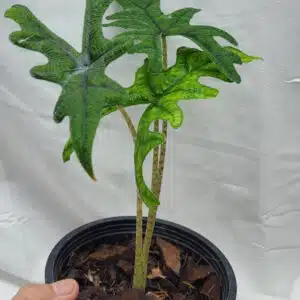 Alocasia ‘Jacklyn’$10.00
Alocasia ‘Jacklyn’$10.00 -
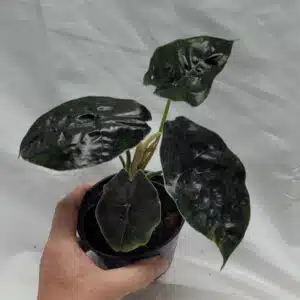 Alocasia infernalis ‘Black Magic’$10.00
Alocasia infernalis ‘Black Magic’$10.00 -
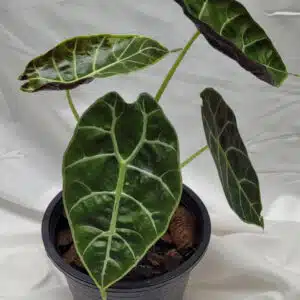 Alocasia watsoniana$10.00
Alocasia watsoniana$10.00 -
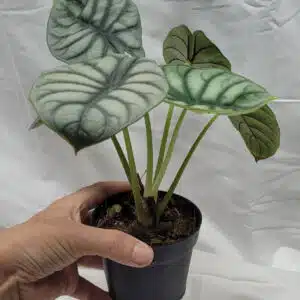 Alocasia ‘Silver Dragon’$10.00
Alocasia ‘Silver Dragon’$10.00 -
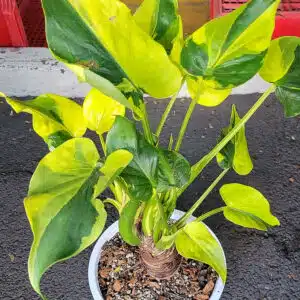 Variegated Alocasia cuculata ‘Banana split’$32.00 – $99.00
Variegated Alocasia cuculata ‘Banana split’$32.00 – $99.00 -
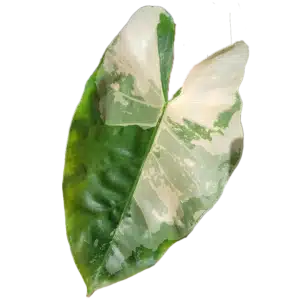 Variegated Alocasia macrorrhiza$17.10
Variegated Alocasia macrorrhiza$17.10








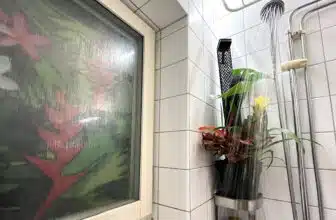

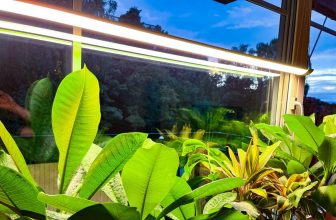

Very helpful tips! Alocasia are certainly a challenge. I might have to try a humidifier to see if that makes mine happier.